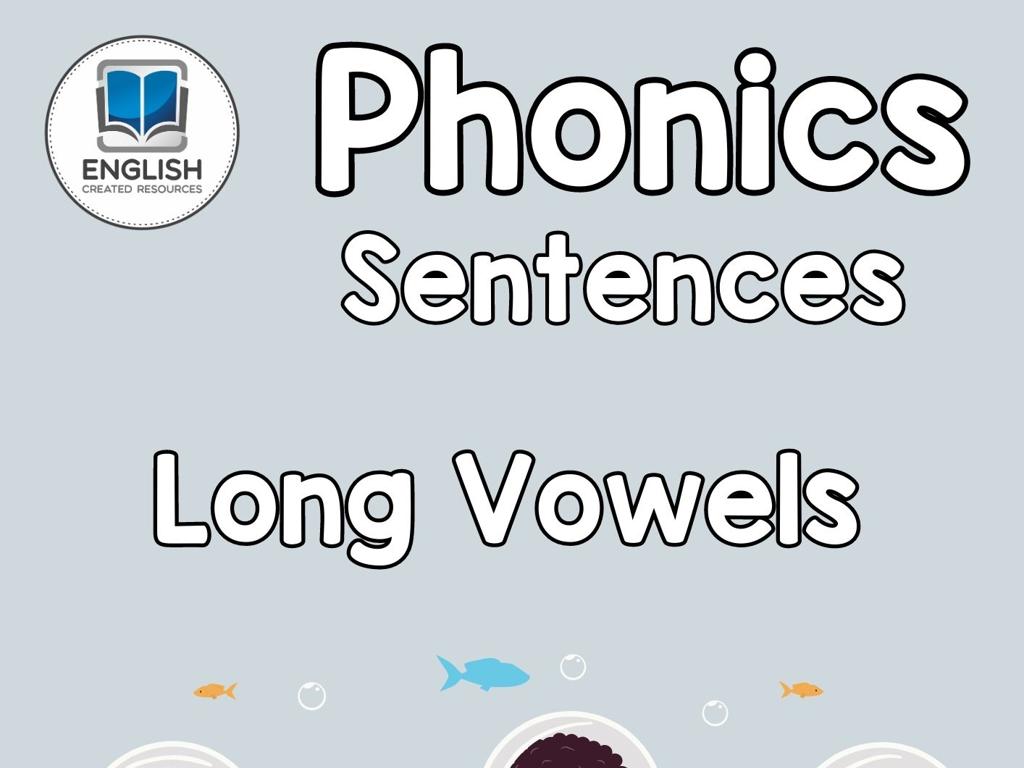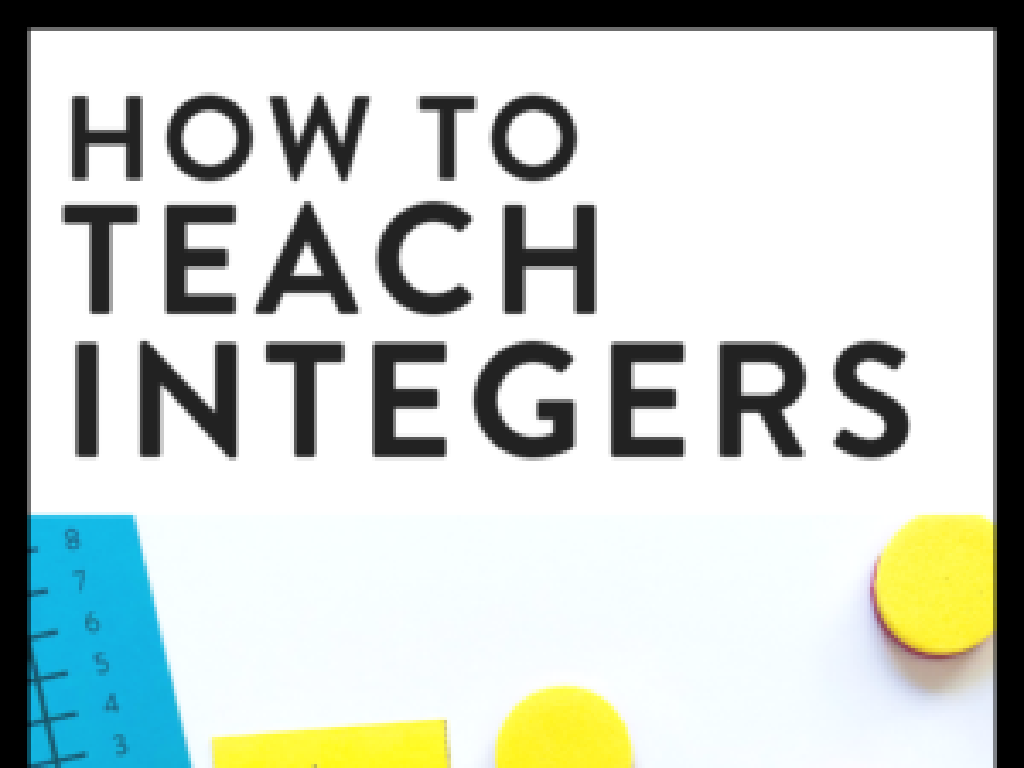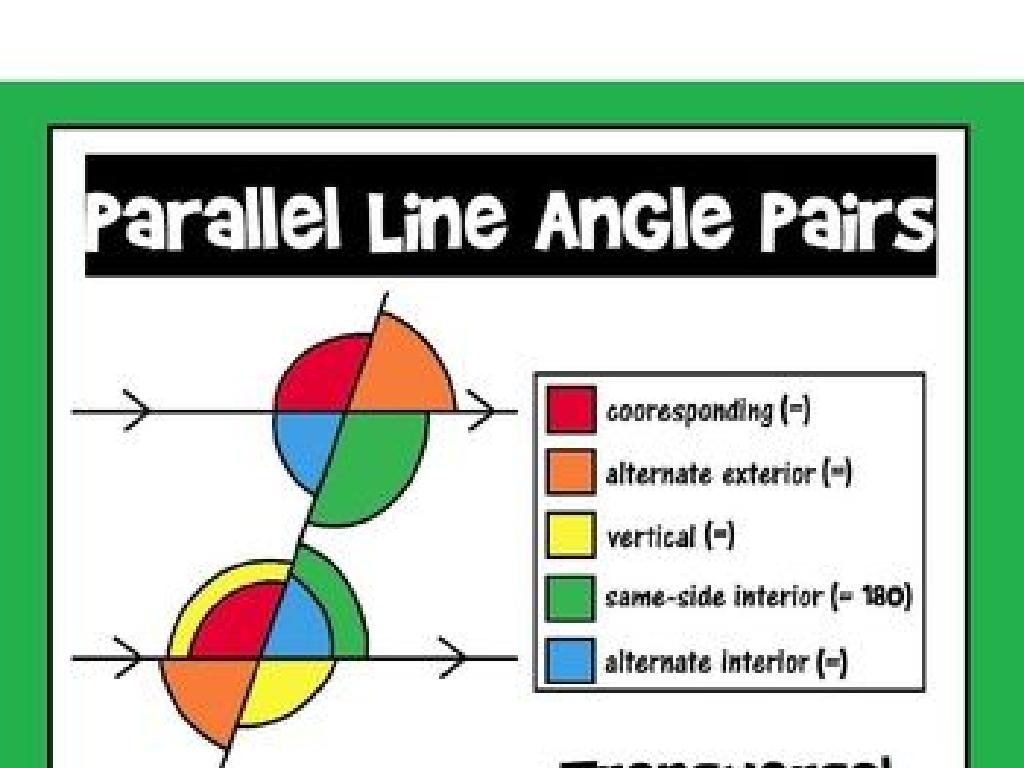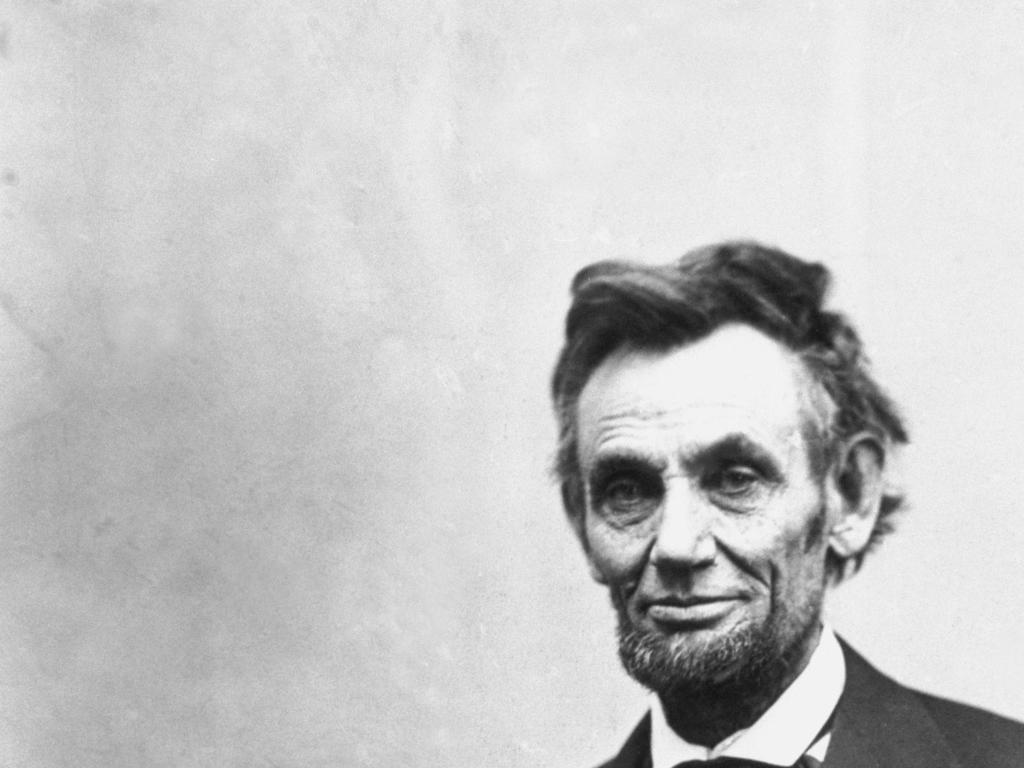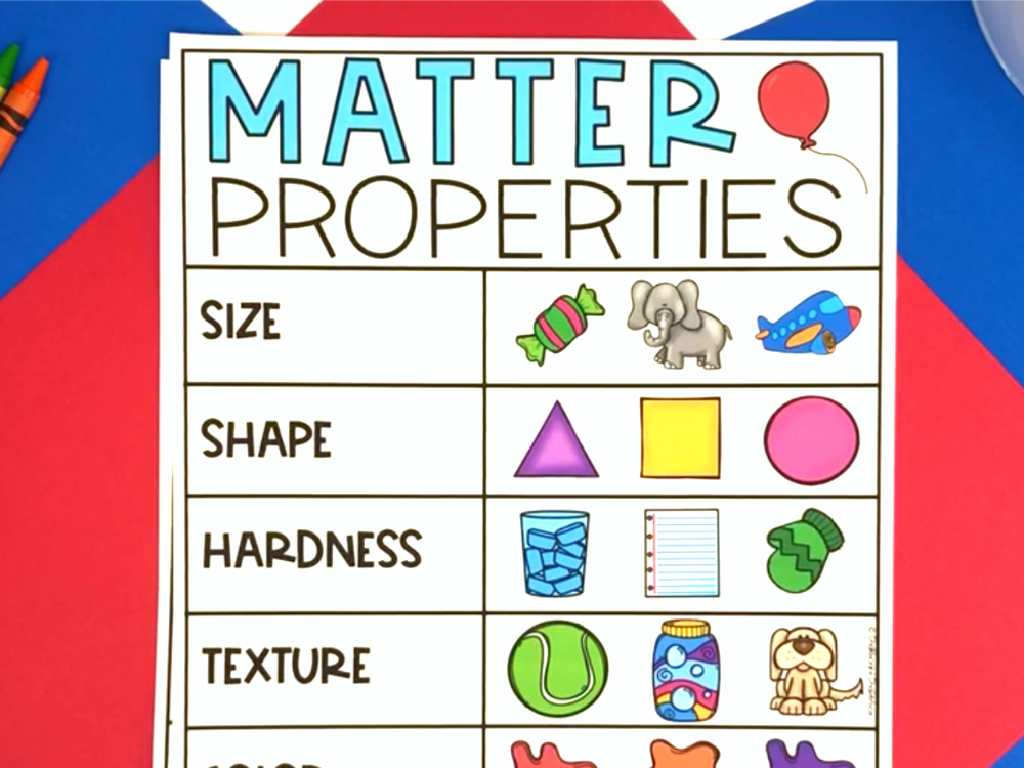Read Clocks And Write Times
Subject: Math
Grade: Kindergarten
Topic: Time
Please LOG IN to download the presentation. Access is available to registered users only.
View More Content
Welcome to Telling Time!
– Greet the day with ‘Good morning!’
– Today’s lesson: Learning about clocks
– We’ll look at the big hand and little hand
– Understanding time is important
– Time tells us when to eat, sleep, and play
– It helps us know when to do things
– Like knowing when to go to school or bed
|
This slide is designed to introduce Kindergarten students to the concept of time and its significance in their daily routines. Start the lesson with a warm greeting to create a friendly atmosphere. Explain that the day’s lesson will involve understanding how to read clocks, emphasizing the importance of the big hand and the little hand. Highlight how knowing the time helps us organize our day, such as when to have meals, go to school, or get ready for bed. Use simple language and relatable examples to ensure the concept is clear to the young learners. Encourage the children to think of activities they do at specific times to make the lesson more interactive and engaging.
What is Time?
– Time helps us know events timing
– We measure time in units
– Seconds, minutes, and hours are units
– Time is shown on clocks and more
– Clocks, watches, phones display time
– Understanding time is important
|
This slide introduces the concept of time to Kindergarten students. It’s important to explain time in a way that relates to their daily activities, such as snack time or playtime. Emphasize that time is a tool we use to know when different events happen throughout the day. Explain the basic units of time: seconds, minutes, and hours, and show them different devices where time can be seen, like clocks, watches, and even on phones or computers. Use real-life examples, such as how long it takes to brush their teeth (minutes) or how long recess lasts (hours). The goal is to make them aware of the concept of time and its presence in their everyday lives.
Learning the Parts of a Clock
– Clocks have faces, numbers, hands
– The face is the round surface with numbers
– Short hand tells the hour
– When the short hand points to 3, it’s 3 o’clock
– Long hand tells the minutes
– The long hand counts by fives around the clock
|
This slide introduces the basic components of a clock to Kindergarten students. Begin by showing them a large image of a clock and pointing out the face, numbers, and hands. Explain that the face of the clock is like the clock’s ‘face’, and the numbers are like the clock’s ‘teeth’. The hands of the clock ‘point’ to the numbers to tell us the time. The short hand is like a little pointer that tells us the hour by pointing to the number of the current hour. The long hand is like a longer pointer that tells us how many minutes past the hour it is, by counting in increments of five around the clock. Use a real clock or a teaching clock with movable hands to demonstrate how the hands move and how to read the time as the hands point to different numbers.
Learning Hours on the Clock
– Clocks have 12 numbers
– Each number represents an hour
– Short hand shows the hour
– The short hand is the hour indicator
– Practice: Finding 1 o’clock
– Where does the short hand point at 1 o’clock?
|
This slide introduces kindergarteners to the concept of reading hours on a clock. Start by explaining that a clock is a circle with 12 numbers on it, and these numbers help us know what time it is. The short hand, which is the smaller of the two hands on the clock, tells us the hour by pointing to one of the 12 numbers. Use a real clock or a teaching clock to demonstrate. For the practice activity, ask the students to show where the short hand points when it’s 1 o’clock. This can be done with toy clocks or by drawing on a whiteboard. Reinforce that the short hand’s position directly corresponds to the hour it is pointing to.
Minutes on the Clock
– A clock has 60 minutes
– Numbers mark 5 minutes each
– When the minute hand points to 1, that’s 5 minutes
– Count by fives to tell time
– Starting at 12, count: 5, 10, 15, and so on
– Practice with a classroom clock
– Use a toy clock to move the minute hand and count
|
This slide introduces the concept of minutes on a clock to Kindergarten students. It’s important to start by explaining that a full circle of the clock is 60 minutes. Show them how each number on the clock represents a 5-minute increment. Practice counting by fives with the class to help them understand how to read the minutes on a clock. Use a large classroom clock or individual toy clocks for hands-on practice. Have the students move the minute hand and count by fives out loud to reinforce the concept. This interactive approach will help them grasp how to tell how many minutes have passed.
Reading the Clock
– Look at hour and minute hands
– Hour hand shows the hour
– Shorter hand points to the hour
– Minute hand shows minutes past
– Longer hand counts by fives around the clock
– Practice telling the time
– Use a toy clock to learn
|
This slide introduces kindergarteners to the basics of reading a clock. Start by explaining that a clock has two main hands one for the hour and one for the minutes. The hour hand is shorter and tells us the hour part, while the minute hand is longer and points to the number of minutes after the hour, counting by fives. Encourage the children to practice with a toy clock or a clock drawing, moving the hands to show different times and asking them to read it out loud. Reinforce learning by asking them to set the clock to specific times and explaining the position of the hands for hours and minutes.
Learning to Write Time
– Time is written with numbers: 3:00
– Like a recipe for time! The first number is the hour, like 3 in 3:00.
– Hour is before the colon
– The big hand on the clock tells us the hour.
– Minutes are after the colon
– The small hand shows us the minutes.
|
This slide introduces kindergarteners to the basics of writing time. Start by explaining that time is like a special code made with numbers. The hour, which is the bigger concept, comes first and is followed by a colon. The minutes, which are smaller parts, come after the colon. Use a clock to demonstrate this visually, pointing out the hour hand (shorter) and the minute hand (longer). Encourage the students to practice writing different times, using the colon to separate hours and minutes. Reinforce the concept by asking them to look at the clock and write down the time they see, ensuring they understand the placement of the hour and minute numbers.
Practice Time: Reading Clocks
– Look at different clocks together
– Say the time out loud
– Write the time on whiteboards
– Learn about hour and minute hands
– Short hand points to the hour, long hand shows minutes
|
This slide is for a classroom activity where students will practice reading clocks and writing times. Display various clocks with different times to the class and have each student say what time it is. Then, ask them to write the time on their whiteboards. Reinforce the concept that the short hand indicates the hour and the long hand indicates the minutes. This hands-on activity will help students become familiar with reading analog clocks. For the activity, consider having clocks showing times like 3:00, 7:30, 12:15, and 8:45. Encourage students to look at the position of the hands to determine the time. Provide guidance and positive reinforcement as they learn.
Class Activity: Make Your Own Clock!
– Gather your clock-making materials
– Create the clock face with numbers
Use markers to write numbers 1 to 12 in order
– Attach the moving hands with a brad
Make sure the hour hand is shorter than the minute hand
– Practice setting the clock to different times
Try showing times like 3 o’clock or 6:30
|
This hands-on activity is designed to help Kindergarten students understand how to read and set times on a clock. Provide each student with a paper plate, a brad for the clock hands, and markers to draw the numbers. Guide them through the process of creating the clock face, ensuring they place the numbers correctly. Show them how to attach the clock hands so they can move them around. Once the clocks are made, engage the students in setting specific times, explaining the difference between the hour and minute hands. This activity will help solidify their understanding of time-telling in a fun and interactive way. Possible variations of the activity could include setting the clock to the time of daily routines like lunchtime or hometime, or even quizzing them with time flashcards.
Great Work on Time-Telling!
– Proud of your time-reading skills
– Practice with your paper clock
– Use your clock to practice setting different times
– Tomorrow’s lesson: Day Parts
– We’ll explore morning, afternoon, and night times
– Excited to learn more!
|
This slide is meant to congratulate the students on their progress with reading and writing times, a fundamental skill in Kindergarten math. Encourage them to continue practicing at home using the paper clocks provided. This will help reinforce their learning and prepare them for the next lesson, which will cover different parts of the day. The teacher should remind students to bring their paper clocks back to class for the next lesson. Additionally, the teacher can suggest parents to engage in time-telling activities at home, such as asking the child what time it is during different daily routines.

